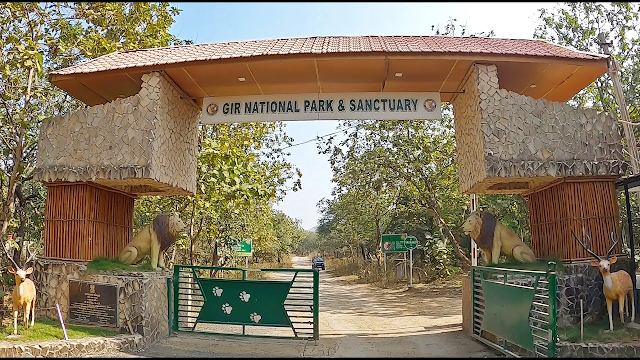The Importance of Gir
Nestled in Gujarat, the Gir National Park is the sole natural habitat of the Asiatic lion, a species that has witnessed a remarkable resurgence due to ongoing conservation initiatives. The sanctuary, along with the Paniya and Mitiyala Wildlife Sanctuaries, forms a vital ecosystem that sustains numerous species and protects biodiversity.
What is an Eco-Sensitive Zone?
The declaration of an ESZ aims to create a buffer zone around protected areas, safeguarding them from activities that could threaten their ecological balance. This involves regulating commercial operations like mining and large infrastructure projects. While traditional livelihoods such as agriculture may continue, they would be subject to oversight to ensure environmental sustainability.
Local Community Concerns
Despite the ecological intentions behind the proposal, local farmers and business owners have voiced their apprehensions. With many villages located within the proposed ESZ, there are fears that restrictions could significantly impact their day-to-day lives and economic stability. Residents argue that their livelihoods are intricately tied to the land and its resources, and they seek assurances that conservation efforts will not come at their expense.
Adjustments to the Proposal
In response to community feedback, the government has revised the proposed ESZ boundaries, reducing the area from 3,328 square kilometers to 2,061 square kilometers. This adjustment reflects an effort to address local concerns while still prioritizing environmental protection.
The Need for Balance
The situation surrounding the Gir Wildlife Sanctuary highlights the critical need to balance environmental conservation with the developmental aspirations of local communities. The process of declaring ESZs is not merely about imposing restrictions but involves engaging with stakeholders to find a middle ground that respects both ecological integrity and human livelihoods.
As discussions continue, it is imperative to foster dialogue between conservationists and community members to ensure that both biodiversity and local economies can thrive together.
Conclusion
The proposal to declare the Gir Wildlife Sanctuary area as an Eco-Sensitive Zone is a step forward for wildlife conservation. However, it also underscores the complexities of implementing such initiatives in a way that supports local communities. Moving forward, it will be essential for policymakers to prioritize collaborative approaches that ensure the protection of our natural heritage while also empowering the people who depend on it.





